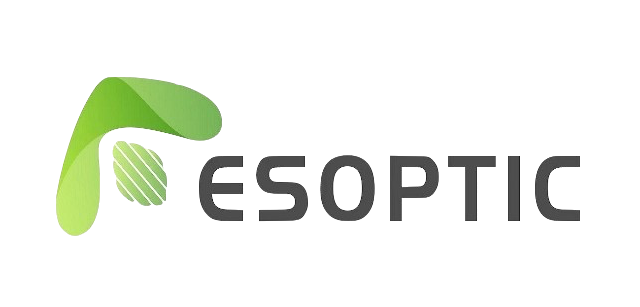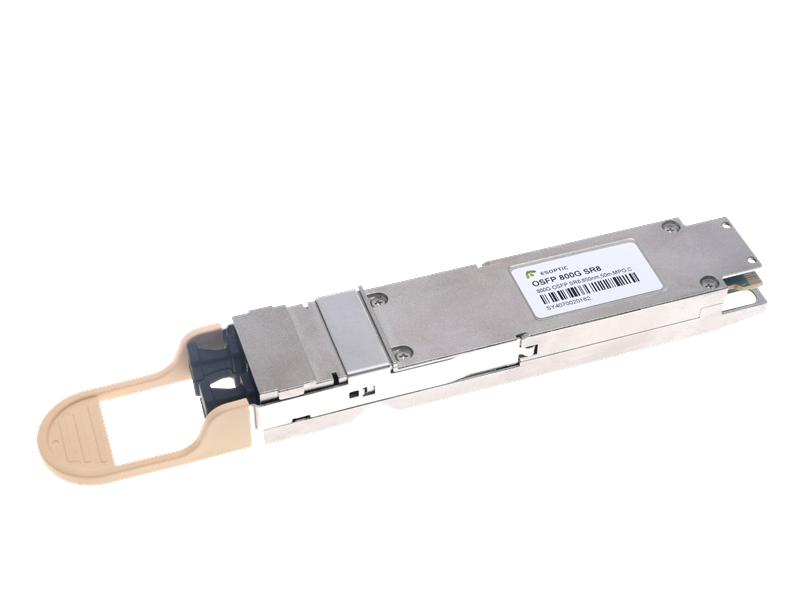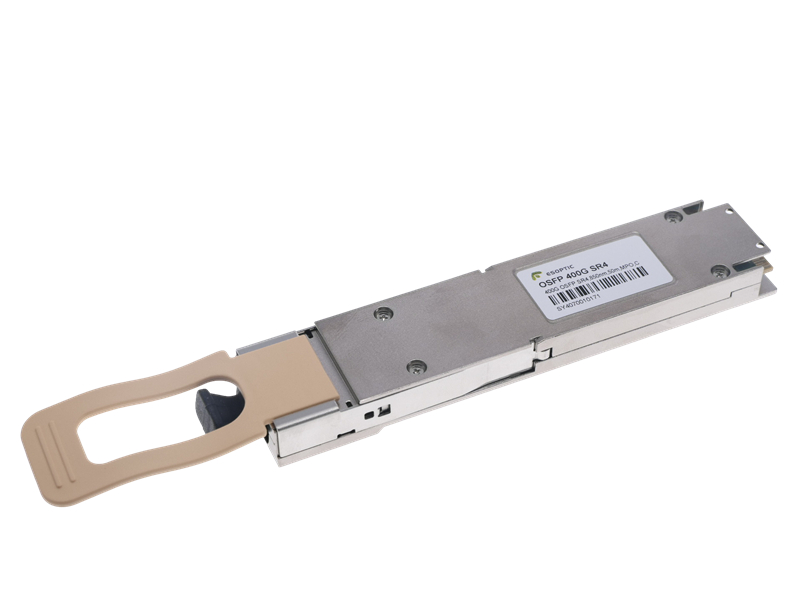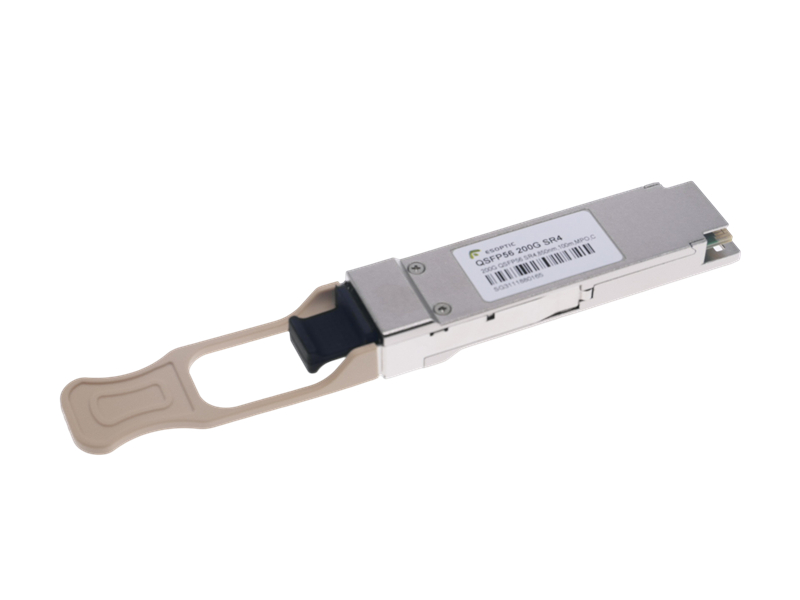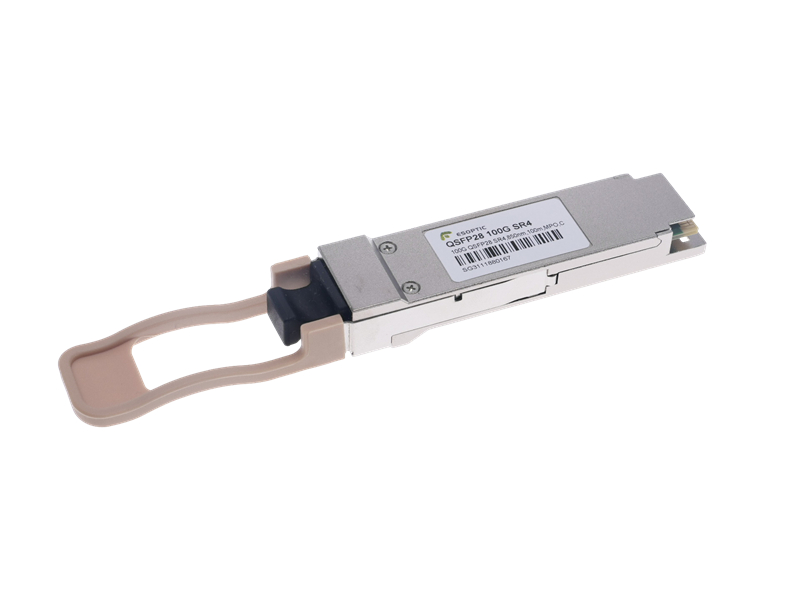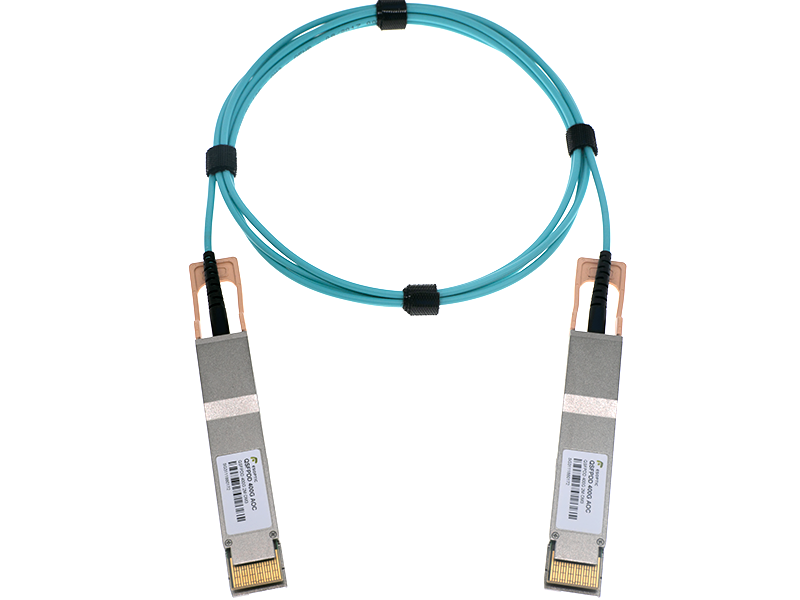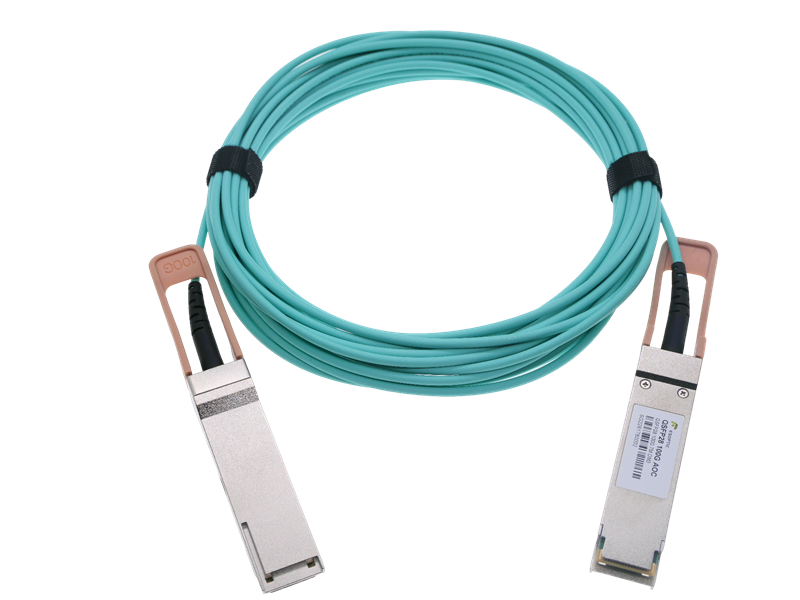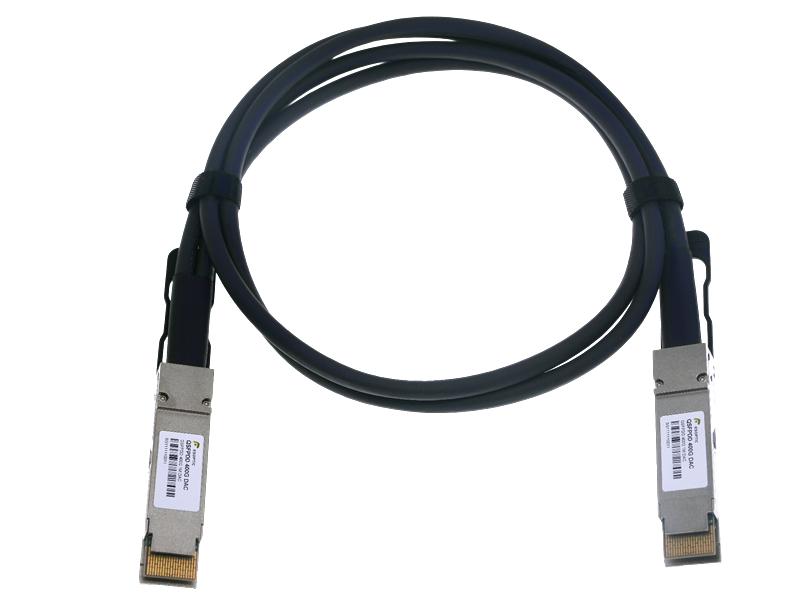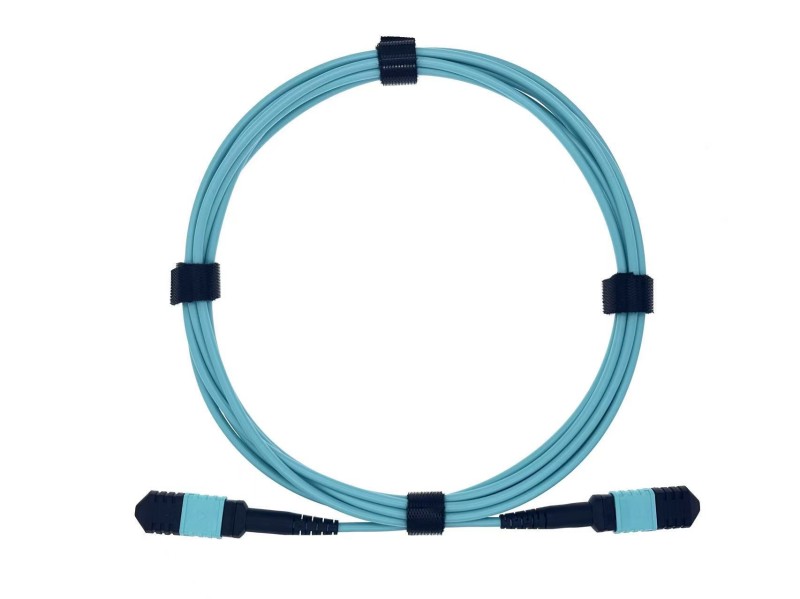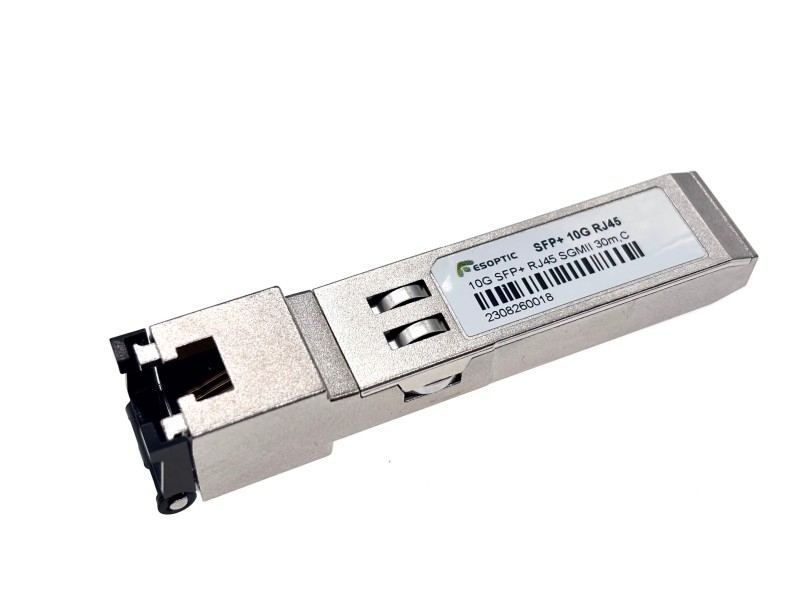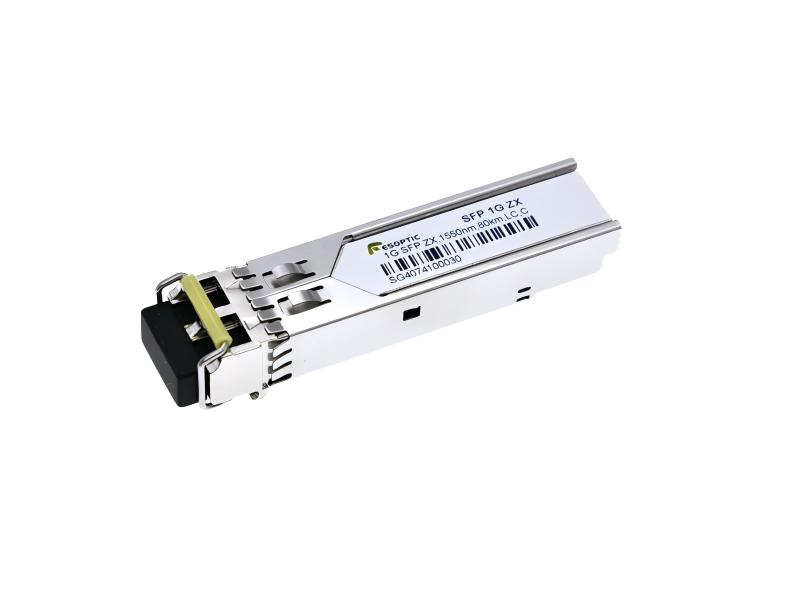As 400G Ethernet becomes increasingly mainstream, data centers are looking for reliable, high-speed short-reach optical solutions. Two prominent standards—400G SR4 and 400G SR8—have emerged to support multimode fiber transmission in high-bandwidth environments. This article compares the two in terms of architecture, fiber requirements, and application scenarios. With over a decade of expertise in high-performance optical transceivers, ESOPTIC provides both 400G SR4 and 400G SR8 modules to meet the diverse needs of today’s data centers.
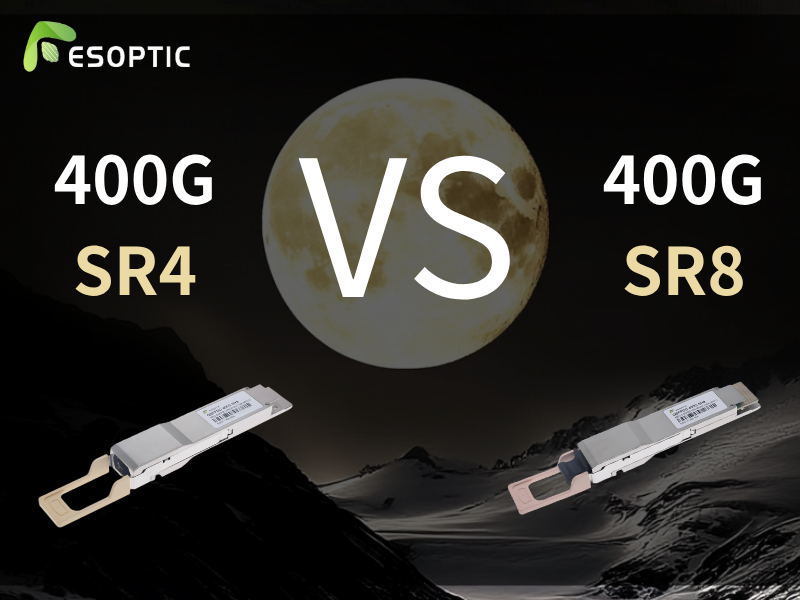
Interface and Channel Differences Between 400G SR4 and 400G SR8
The 400G SR4 module typically adopts the QSFP-DD form factor, transmitting four parallel 100G PAM4 lanes, resulting in a 4x100G architecture. In contrast, 400G SR8 uses eight 50G PAM4 lanes, or 8x50G, and can come in either OSFP or QSFP-DD formats. While both support up to 100 meters over OM4 multimode fiber, they differ significantly in their physical connectivity and fiber usage.
400G SR4 uses an MPO-12 connector, which is common in existing multimode cabling systems. 400G SR8, however, requires an MPO-16 connector, increasing the number of fiber cores needed. This difference impacts how data center operators plan and manage fiber infrastructure, especially in terms of deployment scale and cost.

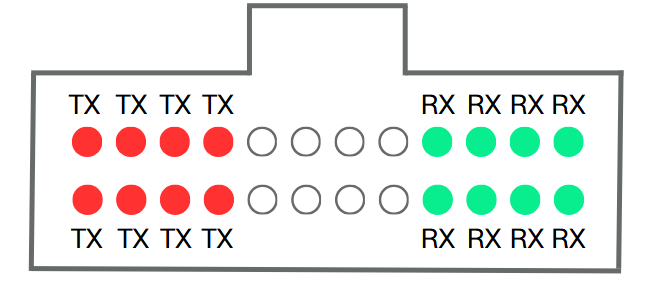
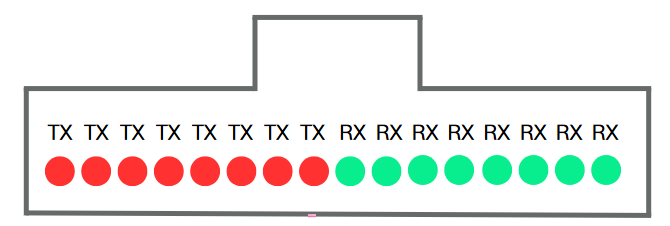
Deployment Considerations: Cost Efficiency vs Scalability
400G SR4 is often the go-to choice for cost-sensitive projects, especially where existing MPO-12 cabling is in place. Its simplicity and lower fiber count make it ideal for standard spine-leaf architectures or TOR connections within a rack.
On the other hand, 400G SR8 is designed with scalability in mind. Its 8-lane design enables higher connection density and supports breakout applications like 8x50G or 4x100G, which are essential in large-scale, AI-driven or distributed compute networks. For hyperscale data centers or future-ready infrastructures, 400G SR8 offers more flexibility and port utilization efficiency.
Fiber Resource Consumption and Cabling Impact
When it comes to fiber resource consumption, 400G SR4 offers an edge due to its 12-fiber layout. It's easier to deploy in environments with legacy cabling systems and minimizes the need for infrastructure upgrades. In contrast, 400G SR8 requires more fiber cores and a 16-fiber MPO connector, which could increase cabling complexity and cost. However, its increased channel count brings a clear advantage in port breakout and bandwidth density for more advanced data center designs.
ESOPTIC’s 400G SR Product Portfolio
At ESOPTIC, we understand the importance of both performance and compatibility in data center deployments. Our 400G SR4 QSFP-DD modules are optimized for short-reach multimode applications up to 100 meters, offering low power consumption and stable signal integrity. Meanwhile, our 400G SR8 modules—available in OSFP and QSFP-DD formats—are rigorously tested for interoperability in complex hyperscale environments.
Whether you're upgrading an existing infrastructure or building a new data center from the ground up, ESOPTIC’s 400G SR4 and SR8 solutions ensure a seamless balance between performance, cost, and scalability.
Conclusion: Understand the Tradeoffs, Make the Right Move
Choosing between 400G SR4 and 400G SR8 depends largely on your network design priorities. If you aim for low-cost, straightforward deployments, 400G SR4 provides an efficient path. If you’re planning for a modular, scalable future with breakout capability, 400G SR8 is a forward-looking investment. Either way, ESOPTIC offers a robust line of 400G SR modules that help future-proof your data center and keep your connectivity fast, stable, and efficient.
